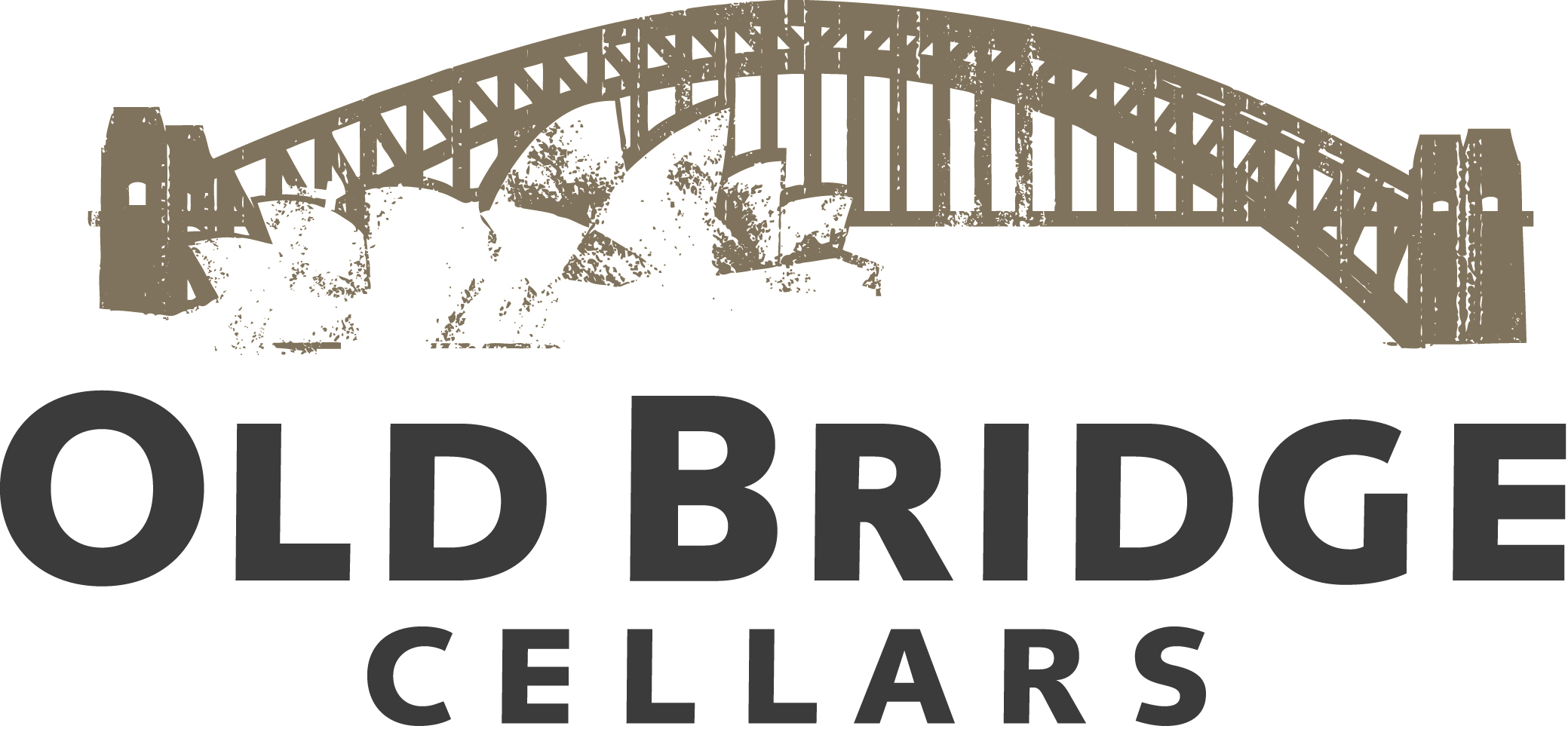The International Wine Cellar
Jul/Aug 2013
by Josh Raynolds
The 2011 harvest was the latest ever recorded in the Willamette Valley for most growers, in many cases extending into the first week of November. In theory, grapes picked well into the fall can achieve true ripeness, fleshiness and dramatic complexity.
But for that to happen the vines must enjoy at least a reasonably normal growing season before getting to that point, and in 2011 this simply was not the case. 2011 got off to an auspicious start with a large crop set, but then things went south quickly. The weather stayed cool to cold through the summer and sugar levels crept upward at a frighteningly slow pace. Experienced growers here learned long ago not to panic over projections for rain in September but this year no one had any choice but to sit and wait for their fruit to ripen. The weather finally turned clear and warm in early October, which kick-started the fruit, and harvesting began in most cases around the 15th. Happily, conditions were glorious for the next three weeks.
While the IWC is loath to jump on the vintage-chart bandwagon, I can’t recall another growing season that was described as “the most stressful ever” by every single grower and producer with whom I’ve talked or traded e-mail.
So I won’t fault anybody for generalizing that 2011 was a sub-par year, perhaps the weakest overall in the last decade. But as with all things wine, it just isn’t that simple. Many of the 2011s I tried are lovely, precise, low-octane wines that will appeal to wine lovers who are turned off by what some call the grenache style of pinot noir: inky color, high alcohol, dark fruit character and general heaviness. Of course, there are an awful lot of tart–even screechy–wines out there so smart consumers will tread carefully through this vintage. But as was the case in 2005 and 2007, 2011 will provide plenty of extremely pleasant surprises.
The problem with vintage charts is that they simply cannot convey the complexities of a great or difficult growing season or harvest and also take into account the triumphs and failures experienced by individual producers. They also can’t adequately address the complexity and sheer expanse of a region like the Willamette Valley: just because things were dodgy up in the Dundee Hills, were conditions exactly the same down in the Eola-Amity Hills AVA? Even more complicated and impossible to convey with a handy vintage chart is the fact that it’s perfectly possible for a grower or winemaker to botch things up after a great season while his neighbors knock it out of the park. The converse is also true: a producer can nail it after a difficult growing season. That’s pretty uncommon but it happens, and it happened in 2011 in the Willamette Valley. Great producers, like great vineyards, distinguish themselves by their ability consistently to produce good, even great, wines under arduous vintage situations, and 2011 was just the year to prove or disprove this theory.
Most wineries’ high-end 2010s have been released since last year’s report and the best wines are among the finest I’ve tasted from the Willamette Valley in over a decade. This was another cool year but the wines, in general, have more sweetness and power than all but the cream of the 2011 crop. I’ve also had the chance to revisit quite a few 2009s over the last 12 months, and these wines continue to stand in sharp contrast to the ’10s, and, naturally, the ’11s. Broader, deeper and more masculine, most 2009s will be prized by fans of brawny, deeply fruity pinots, but there’s plenty of elegance to the top wines as well.
